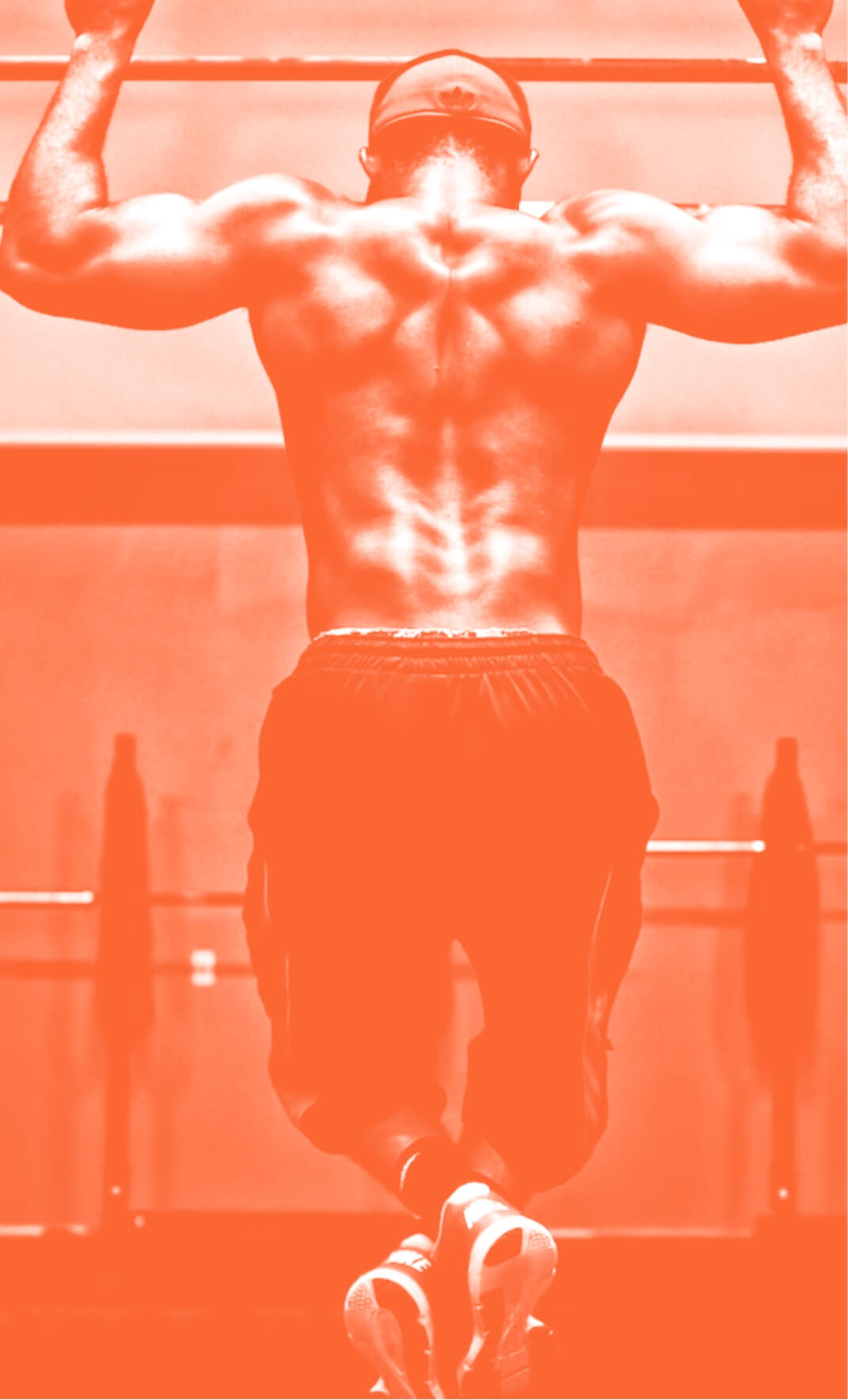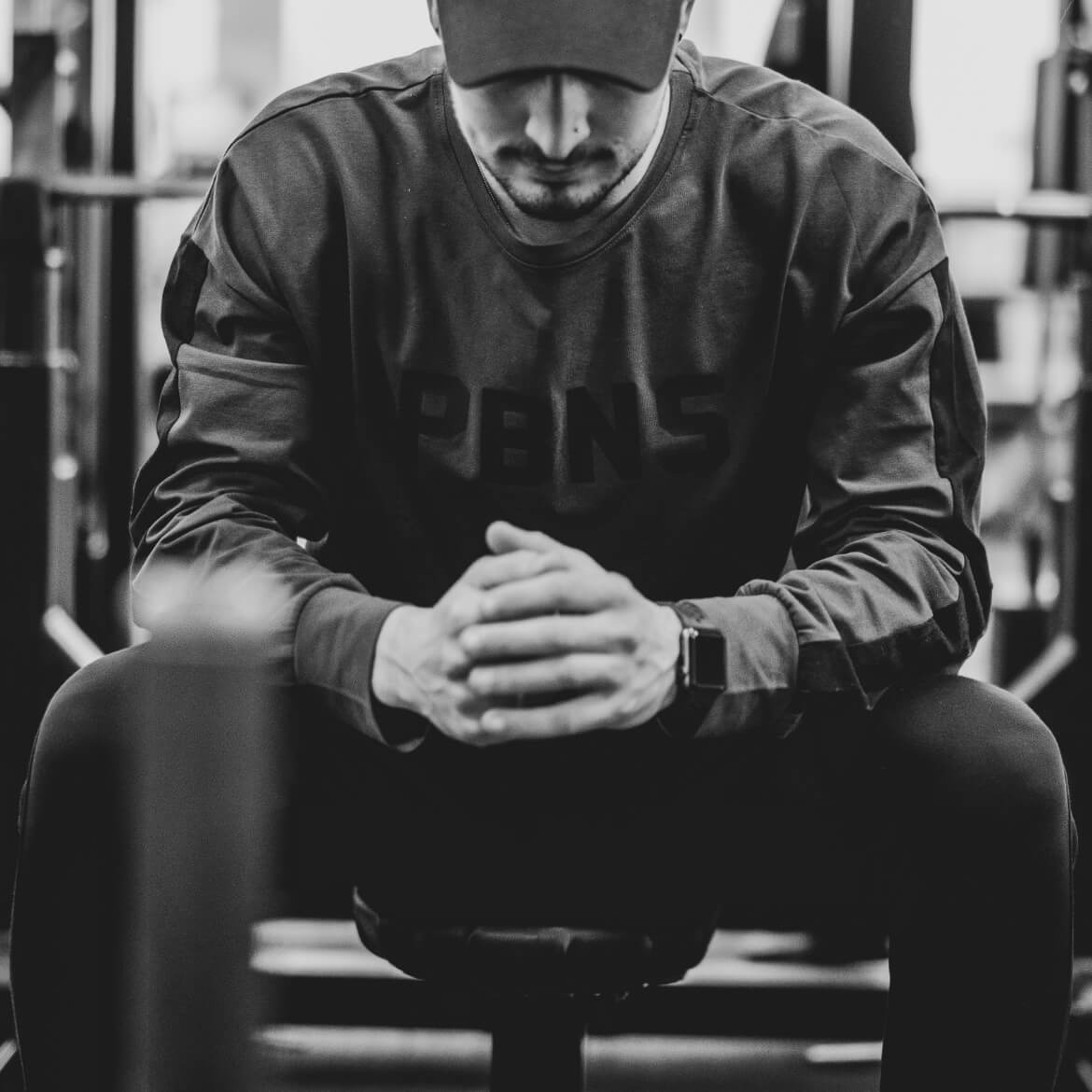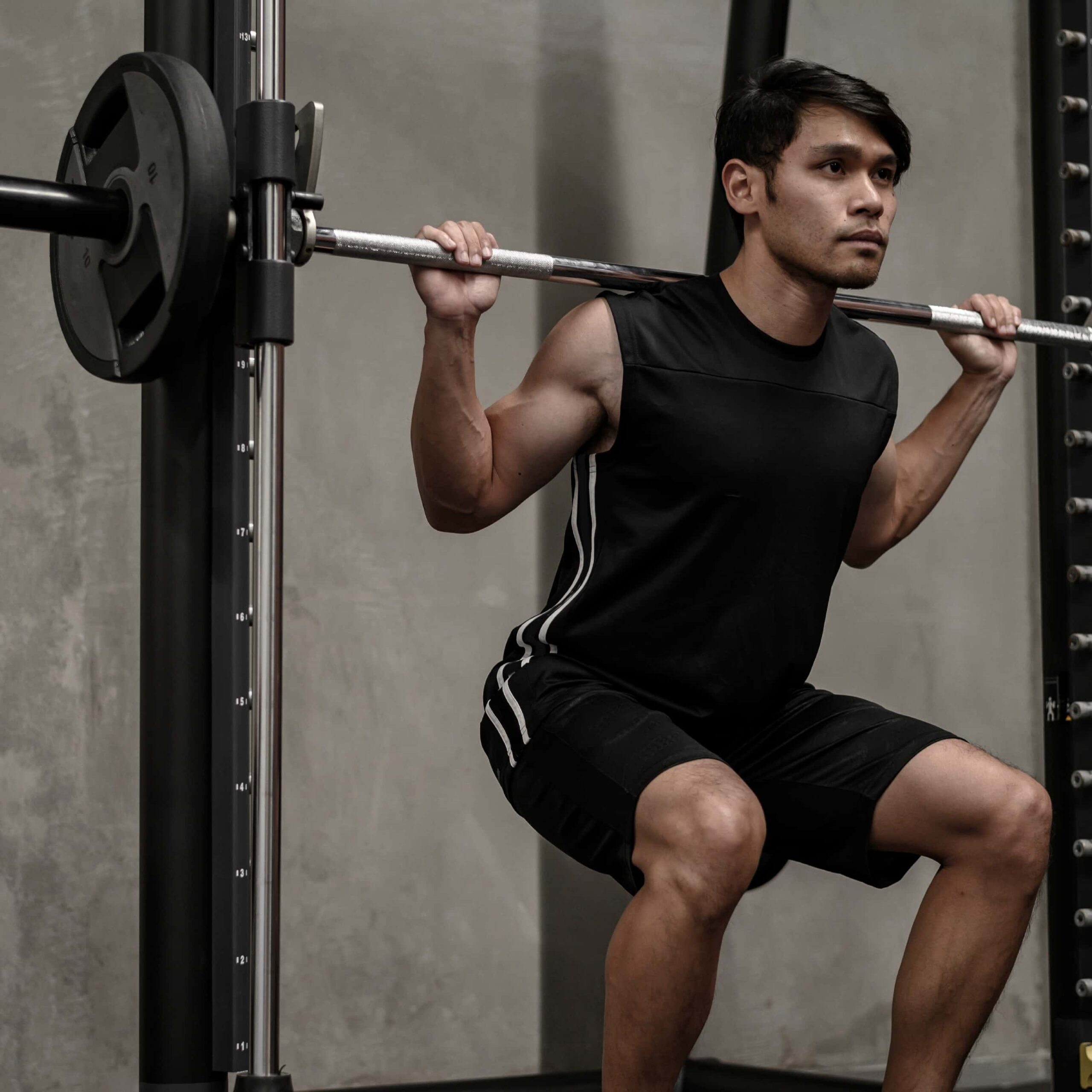Stretch Series: How to Stretch Your Arms
19th Mar 20
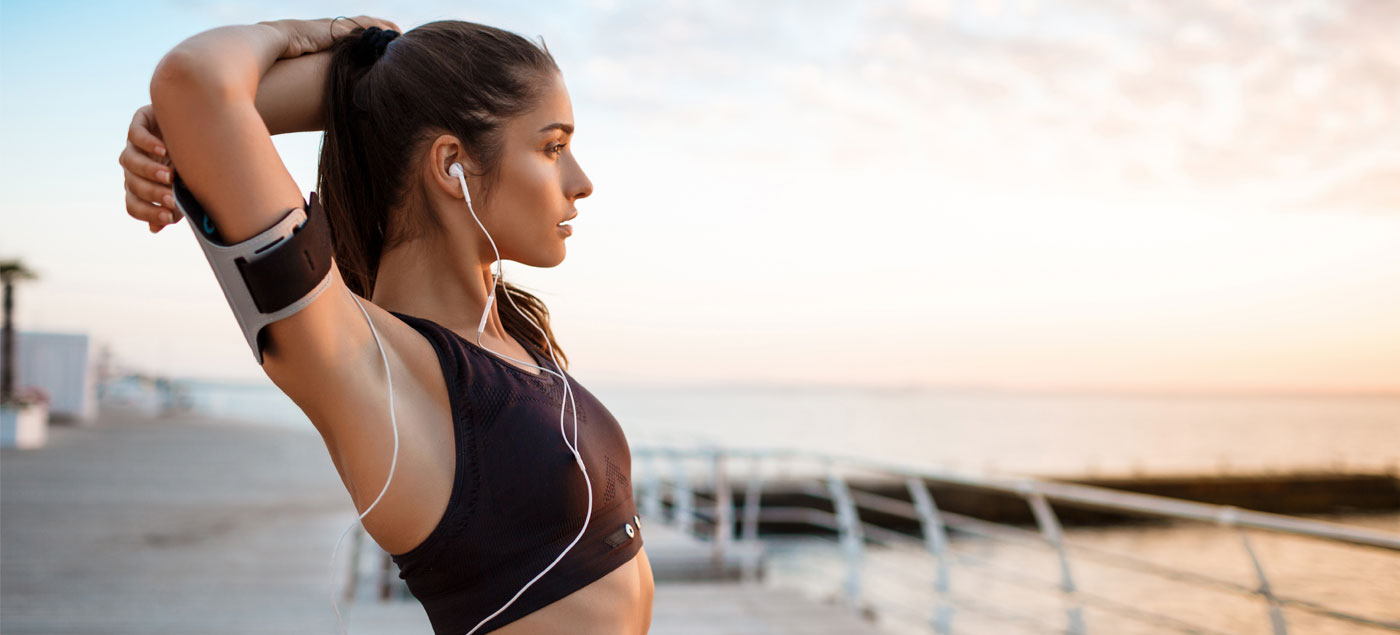
Stretching is one of the most important things you could ever do, no matter where it is. Your arms are no exception to that. In fact, for limbs that you use so heavily daily, that’s only more of a reason to add arm stretches to your daily routine. Of course, adding exercise to the mix takes that up a notch too. There is never a bad time to do it; doing it right is what counts.
We’re not just here to tell you how important stretching your arms is. We’re also here to help teach you how to do it and do it properly at that. The list here consists of 5 of the best arm stretches you could ever find to adequately stretch each individual section and help you keep in the best shape possible.
Whether you’re doing them pre-workout, post-workout, or even when you get out of bed in the morning, remember to do them.
Want to move fast? Jump to the right section below.
- Overhead Tricep Stretch
- Straight Arm Bicep Stretch
- Floor Bicep Stretch
- Wrist Extension
- Wrist Flexion
1. Overhead Tricep Stretch
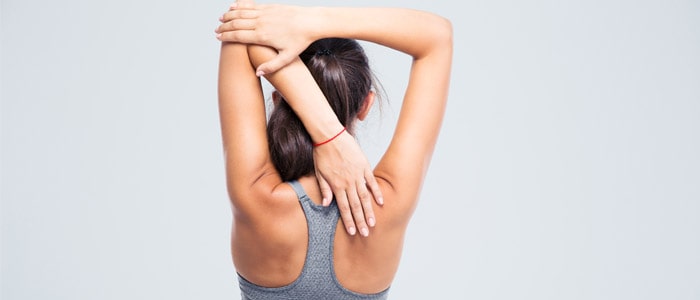
We’ll start with one of our more well-known arm stretches. The overhead tricep stretch is the most common arm stretch of the series, and for a good reason. It’s a great way to get your triceps ready for anything, and since they’re the biggest muscle in your arms, they need to be.
To do it, you need to raise your arm above your head and then bend your elbow so that you are touching your back. Once you’re comfortable in this position, pull it further with your other arm by pulling your elbow toward your head, hold, and release.
2. Straight Arm Bicep Stretch

The next muscle that we need to make sure gets some attention comes from the biceps. This is a fundamental muscle in your arms and affects a lot of back-involved movements, too, so don’t skip this. The easiest bicep stretch is the straight arm stretch, which you can do almost anywhere.
Simply stretch your arms out sideways to form a T and rotate them from palm forward to palms backwards. Of course, the best technique is to do so slowly and stop if you feel any discomfort, but you will definitely feel the release of tension.
3. Floor Bicep Stretch
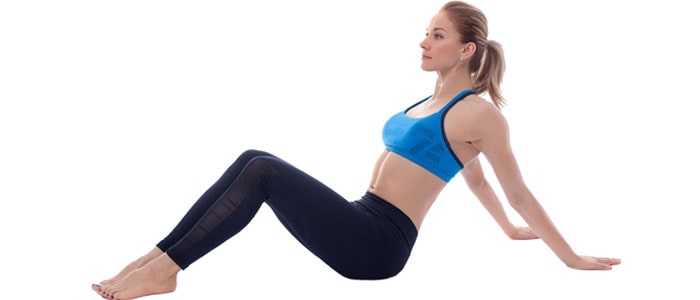
The straight arm stretch isn’t the only thing we have available here. We also need to think about how floor bicep stretches too, as it’s a great way to stretch most of your arm using your body weight too.
To do it, you need to sit on the floor with your legs stretched in front of you, your arms behind you, your palms flat on the floor, and your fingers pointing behind you. Then slide your legs forward but keep your hands fixed, and you’ll feel the stretch in the biceps.
4. Wrist Extension

The final muscle you need to work in your arms is the forearm, which also helps you stretch your elbows and keep your arms in their peak physical condition. But, again, they’re relatively easy to do and require no equipment again.
With your arm stretched out in front of you, point your fingers downwards to form a right angle at your wrist, and then push even further down with the other hand to get a fuller extension. Of course, do not push too far as to cause an injury.
5. Wrist Flexion

The wrist flexion is the exact opposite of the previous stretch but is equally as important for your arm health. As with the exercise earlier, though, be careful that you don’t overstretch and cause yourself any ligament damage.
To do this arm stretch, you must place yourself in the same position as last time, with your arm straight out in front of you. Then, put your palm facing outwards, so your fingers are pointing upwards and pull back on them with the other hand.
Once you’ve done all these, your arms should be ready for almost anything you can throw at them, and these stretches can be used both before and after workouts to keep them in their peak condition.
More from the Stretches Series:
- Stretches Series: How to Stretch Your Back
- Stretches Series: How to Stretch Your Upper Legs
- Stretches Series: How to Stretch Your Chest

Before beginning any exercise or nutrition program, consult your physician, doctor or other professional. This is especially important for individuals over the age of 35 or persons with pre-existing health problems. Exercise.co.uk assumes no responsibility for personal injury or property damage sustained using our advice.
If you experience dizziness, nausea, chest pain, or any other abnormal symptoms, stop the workout at once and consult a physician or doctor immediately.

